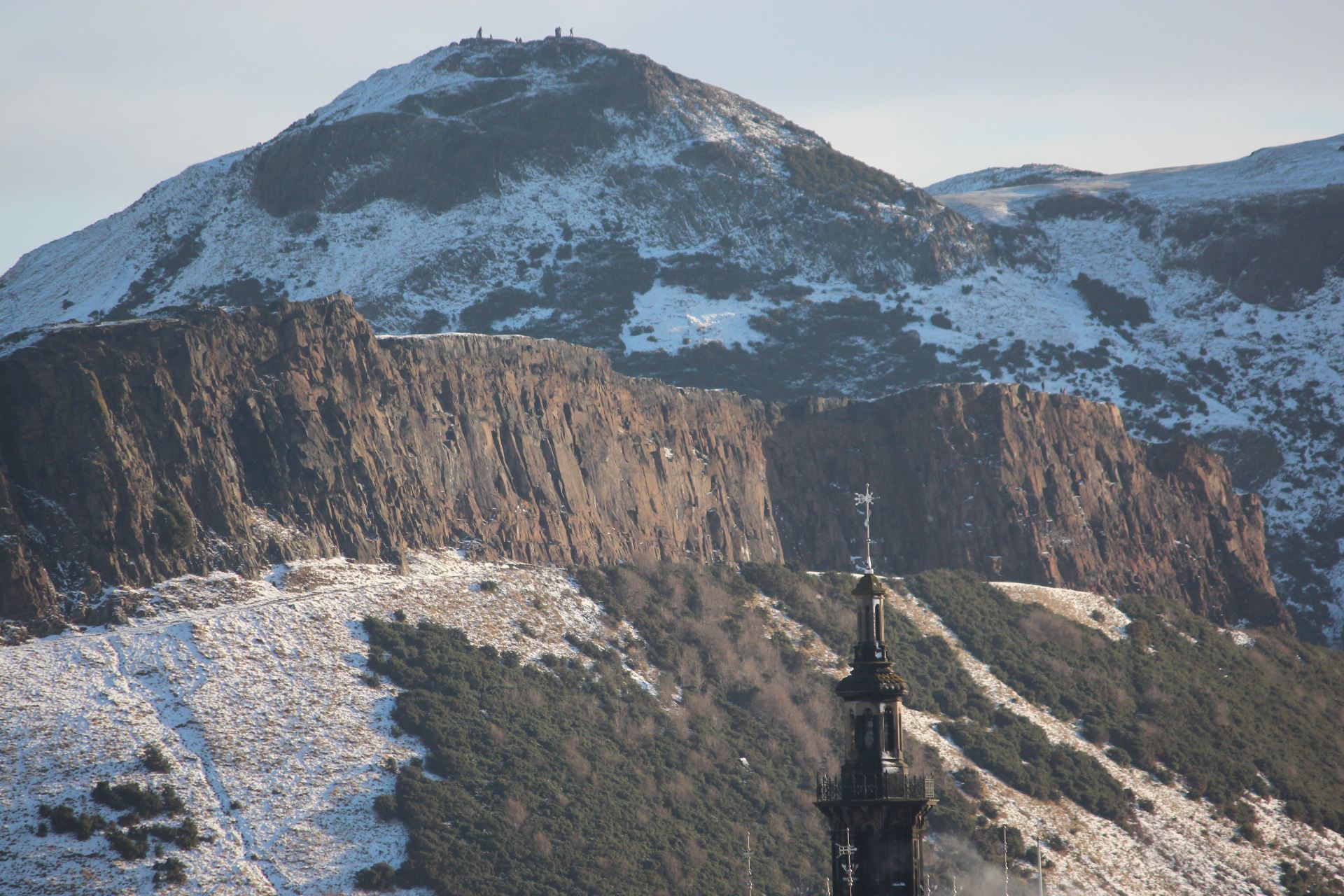Pupuke an early eruption in the Auckland volcanic field looking towards the youngest, Rangitoto.
Exam revisionStudy revision: The Auckland Volcanic field
- Look at the presentation on the Pupuke eruption in the Auckland volcanic field. It’s a good example of the stages that eruptions generally follow (explosion crater, scoria cones, lava fields). Take time to do this properly. There is no easy shortcut to success at level 2.
- Ask for help when it doesn’t make sense.
- Tackle the question on the formation of pupuke ( a large explosion crater, small scoria cones buried under lava flows, lava field that flowed through an ancient forests.
- Don’t sweat the small stuff, ask for assistance early
How do I answer the Question?
Don’t sweat lots of small stuff. Use NCEA assessment schedules to find what examiners are looking for. The list below consists of phrases and ideas from an an NCEA assessment schedule used with a similar question about the Auckland volcanic field.
Develop these phrases and ideas into paragraphs. This should at the very least ensure get “achieved” in any question on the Auckland volcanic field. Finally make sure you have a sentence explaing each of the labels on the stylised scoria cone in the presentation.
Adapted from ESS Extreme Events 2012
- Lake Pupuke formed when the hot basalt came in contact with the cold sea water or wet sedimentary deposits
- the eruption became very violent forming steam
- Material blasted out of the volcano upwards and outwards
- Formation of a tuff ring and a large explosion crater
- Scoria cones, steep sided. Lumps of hot lava thrown upwards and outwards from volcano in a molten state.
- Scoria. Gasses trapped in the magma drive the eruption. Fire fountaining.
- Steep sided scoria cones built up.
Where does the magma come from, lava flows?
- Hot spots where magma from the mantle rises towards the surface.
- Basaltic lava forces its way through the overlying crust
- There is no magma chamber
- Melted magma has come from great depths
- Same chemical composition as the mantle.
- Basalt has low viscosity
- Low silica content. Silica lends the viscosity component hence basalt has low viscosity
- Lava flows out over the edge of the tuff ring.
General sequence for Auckland volcanoes
- Phreatomagmatic explosion
- Large explosion crater
- Tuff ring
- Lava fields as low viscosity basalt pumped up through a vent over the tuff ring
